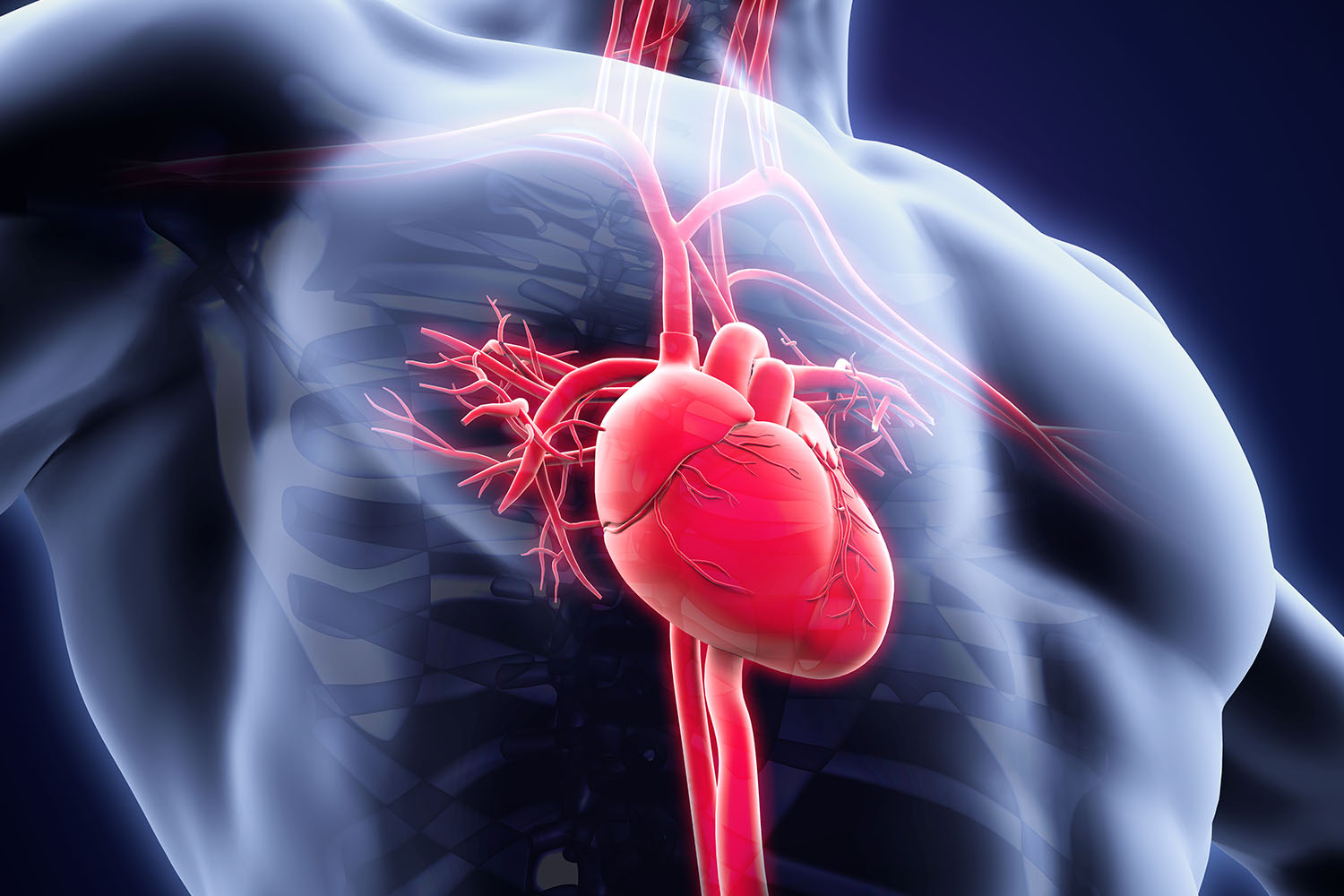Overview
The phrase “Where is the Heart” might seem straightforward at first glance, but it opens up a fascinating exploration into one of the most essential organs in the human body. The heart, often romanticized in literature and art as the seat of emotions, is actually a muscular organ critical for sustaining life by pumping blood throughout the body. But where exactly is the heart located, and what makes it so indispensable?

The Anatomical Position of the Heart
“Where is the Heart” anatomically speaking? The heart is located in the thoracic cavity, slightly left of the midline in the mediastinum. It’s positioned between the lungs, behind the sternum (breastbone), and in front of the vertebral column. The heart’s apex points downward, forward, and to the left, making the left side of the chest the most common area where one might feel their heartbeat.
The Structure of the Heart
Understanding “Where is the Heart” involves delving into its structure. The heart is divided into four chambers: two atria (upper chambers) and two ventricles (lower chambers). These chambers are separated by valves that ensure blood flows in one direction, preventing backflow. The right side of the heart receives deoxygenated blood from the body and pumps it to the lungs, while the left side receives oxygenated blood from the lungs and pumps it throughout the body.
The walls of the heart are made up of three layers:
Endocardium: The inner layer lining the heart chambers.
Myocardium: The thick, muscular middle layer responsible for the heart’s pumping action.
Pericardium: The outer layer that includes a double-walled sac providing protection and reducing friction as the heart beats.
The Heart’s Function in the Circulatory System
“Where is the Heart” in terms of its role? The heart is the central component of the circulatory system, which includes a vast network of blood vessels. Its primary function is to pump blood, which carries oxygen and nutrients to tissues and removes carbon dioxide and waste products. The heart’s rhythmic contractions, known as heartbeats, are regulated by electrical signals originating from the sinoatrial (SA) node, often referred to as the heart’s natural pacemaker.
The Heart’s Importance in Health and Disease
Exploring “Where is the Heart” inevitably leads to its significance in health and disease. Cardiovascular diseases, including heart disease and stroke, are leading causes of death globally. Conditions such as coronary artery disease, heart failure, and arrhythmias can severely impact the heart’s ability to function effectively. Understanding the heart’s location and role helps in recognizing symptoms like chest pain, shortness of breath, and palpitations, which require immediate medical attention.
The Symbolic and Cultural Significance of the Heart
Beyond its physiological importance, “Where is the Heart” holds a profound place in human culture. Throughout history, the heart has been a symbol of love, courage, and emotional depth. In various cultures, the heart is considered the center of human experience and sentiment. This symbolic representation is evident in art, literature, and religious texts, where the heart often symbolizes the core of our being and the essence of life itself.
“Where is the Heart” is a question that invites both scientific inquiry and philosophical reflection. Anatomically, the heart resides in the thoracic cavity, slightly left of the center. Functionally, it is the powerhouse of the circulatory system, essential for sustaining life. Culturally, it represents much more than an organ; it is the emblem of human emotion and spirit. Understanding the heart’s location and function enhances our appreciation of this remarkable organ and underscores the importance of heart health in our lives.
By understanding “Where is the Heart,” we not only gain insight into our physical well-being but also connect with the rich tapestry of human culture and emotion that makes life so profoundly meaningful.


